
Local SEO can be considered a subset of search engine optimization. It involves using geographically targeted (geo-ta...
Helped a leading healthcare startup rank on Page 1 of Google for their target keyword.
Helped an online health diagnostics company increase its organic traffic by 10X in less than a year.
Epocrates experienced a 140% increase in revenue within 2 years of working with us.
.png')
Schedule a consultation with a DAP expert today and find out what we can do for your business.
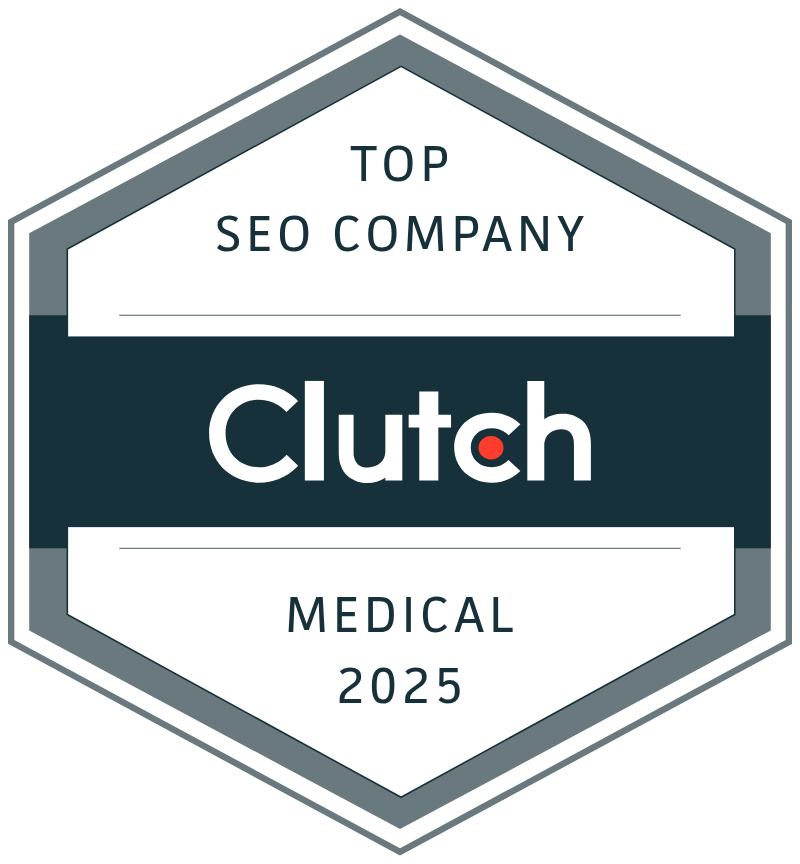
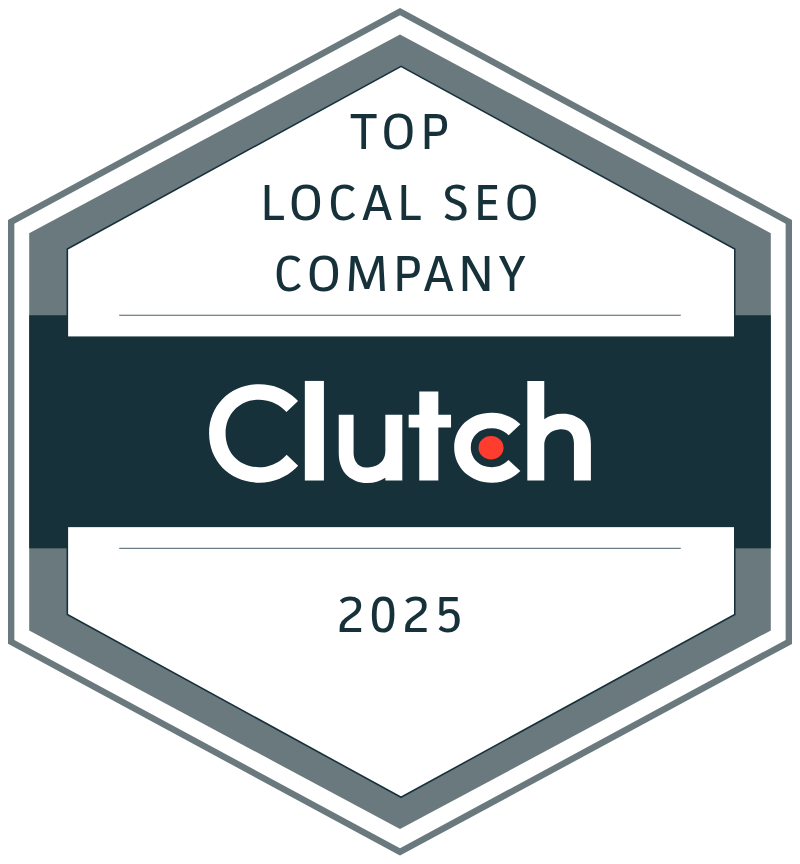
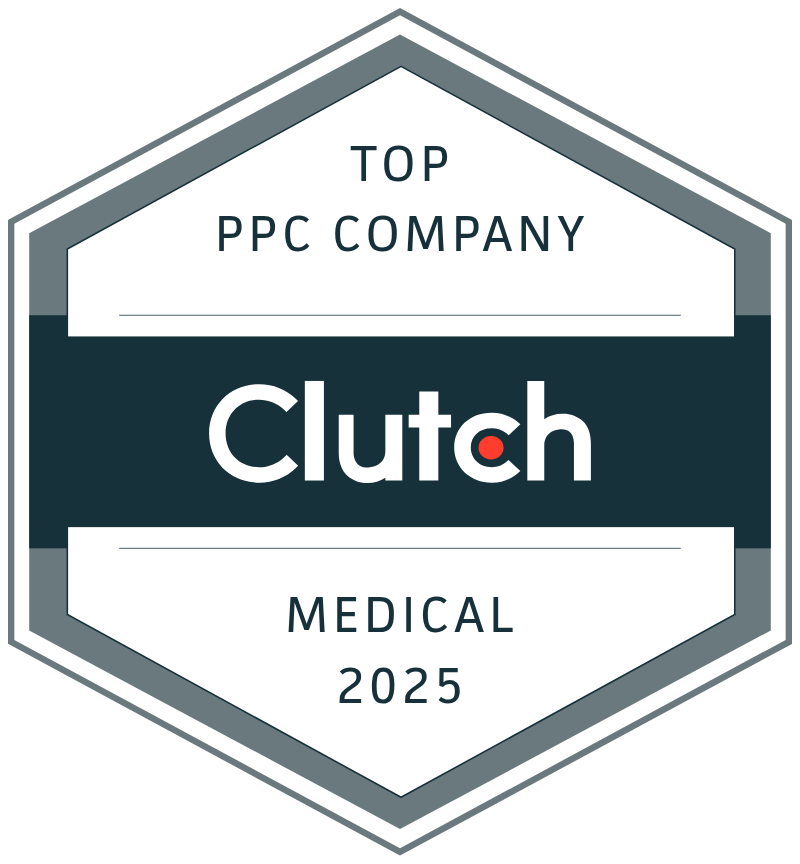
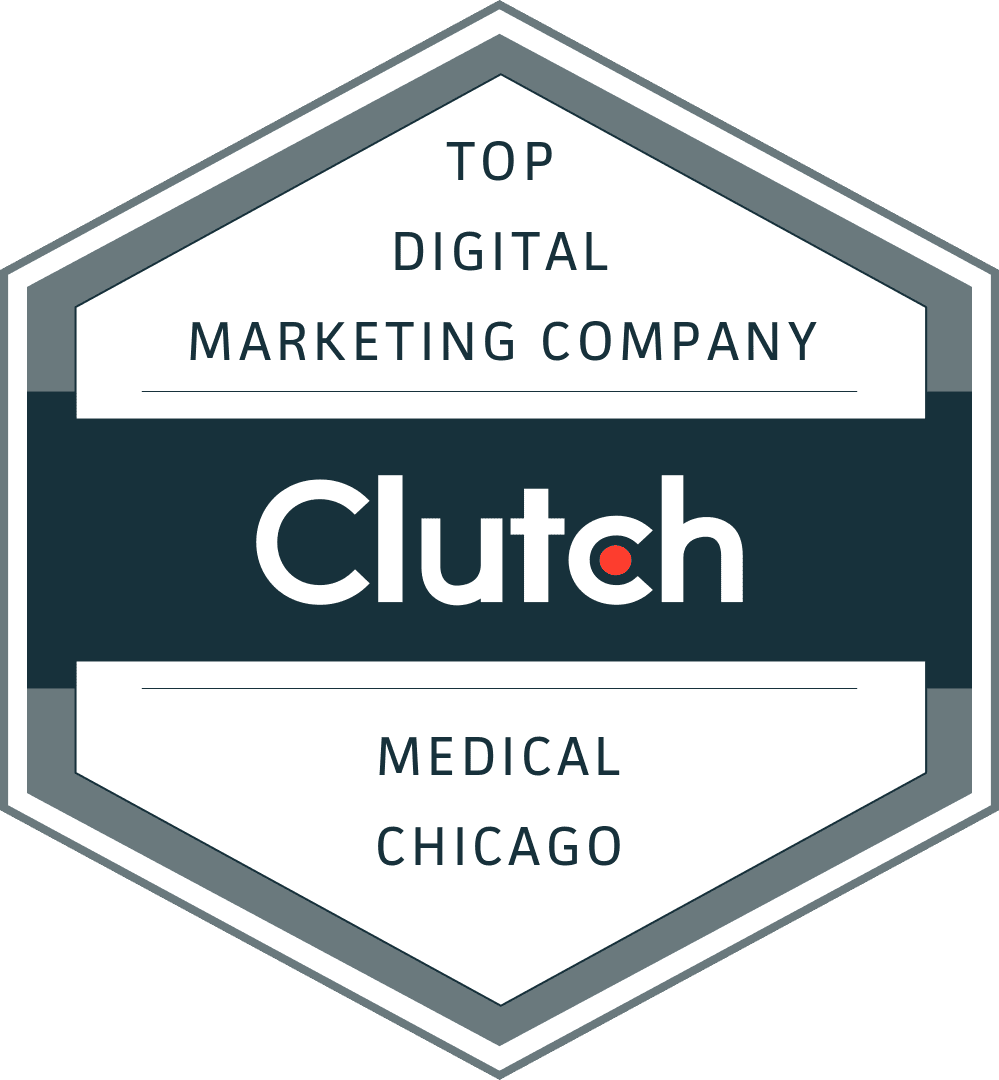



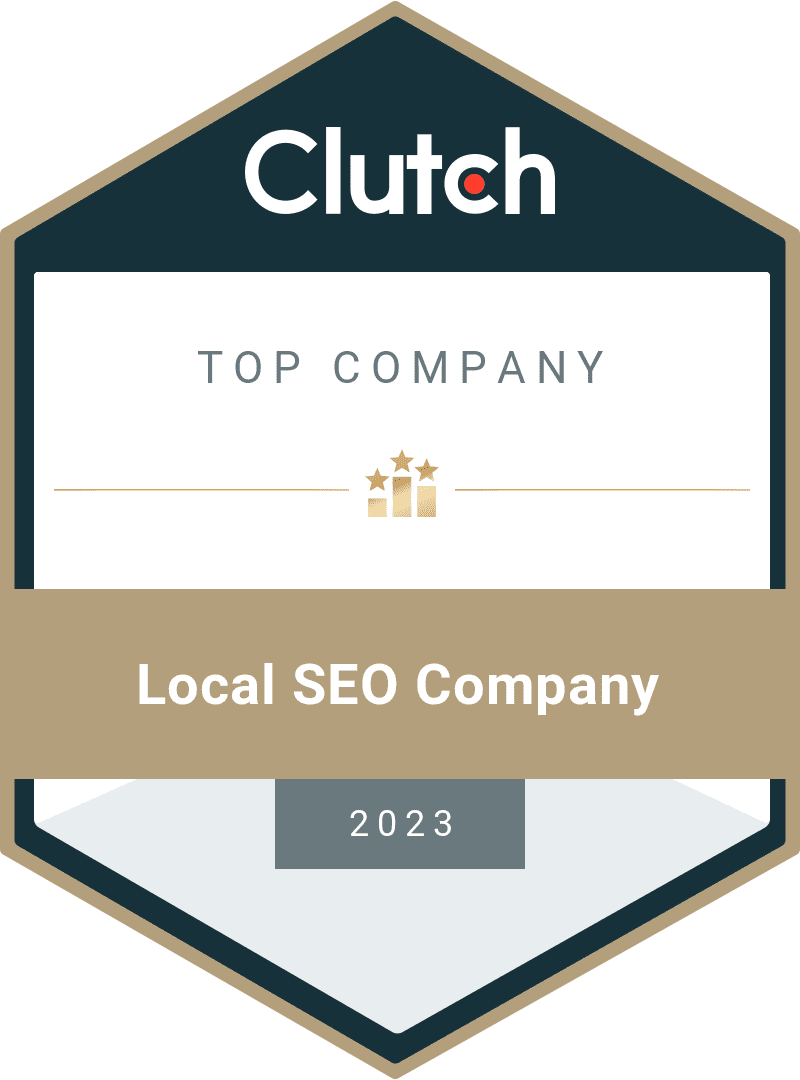



Organic (unpaid) and paid search lead medical practice marketing for good reason.
No other form of advertising reaches people at their highest level of intent. This is even truer for local search. You can bet someone searching “dermatologist near me” is ready to schedule an appointment. HubSpot reports 88% of consumers searching local businesses on mobile devices call or visit within 24 hours.
First page, first position search results (SERP) get 35% and top-three search results get 75% of all clicks. Pushing for top-positions is worth it even when it takes a while.
Like a freight train, SEO starts slowly, building momentum until becoming unstoppable. Search engines continually gather data on your pages. Over time, a complete picture of the value your site provides emerges. When that happens, pages index faster and rank higher, making it incredibly difficult for competitors to outrank you. Optimize the most relevant keywords your budget allows now, and you’ll see more patients later. Don’t wait, your competitors aren’t.
Book a meeting directly here
Healthcare organizations benefit from local SEO by appearing when prospects search related services within a specific geographical locale. Unlike disruptive advertising (radio, television, display, etc.), which attempts to disrupt prospects’ thoughts with messaging, SEO reaches prospects actively searching for healthcare solutions. SEO and paid search target visitors with the highest intent of any advertising medium. Since SEO does this through content, content also provides an opportunity to engage visitors, position you as the solution to their problem, and motivate them to contact you.
77% of patients begin their journey to healthcare providers online. Optimized content can answer questions many patients have before contacting you, minimizing time spent by you and your team answering questions. If your site has online scheduling options, SEO content can lead patients to you and guide them to scheduling appointments and completing intake forms directly. Content (written, audio, video, imagery) is a powerful way of communicating your professionalism, the value of your services, and establishing trust and credibility.
Time to results varies by the competitiveness of your market, keyword choices, and demand for your services, but most healthcare organizations see results within six months. SEO is a long-term strategy that increases in effectiveness over time. Optimizing local listings on Google My Business, Bing Places, Yext, and various directories can lead to increased traffic before content and keywords index and move toward higher rankings. We understand clients want fast results. If speed is a top priority, we recommend paid search advertising (PPC) which can produce calls and clicks the moment ads go live. Many healthcare providers benefit from a balanced approach, dedicating portions of their budget to SEO and PPC. We also manage PPC.
Local SEO for healthcare organizations typically ranges from $4,500-$9,000/month, with initial costs starting at $3,750. National and enterprise healthcare SEO ranges from $5,000-$20,000/month, with initiation costs ranging from $10,000. The further along you are in your SEO efforts the lower your costs. If you have a well-structured site, technically optimized with good content, you’ll spend less monthly. If your site isn’t structured properly, needs several technical SEO fixes, or requires content production, you’ll spend more. SEO is an investment. Regardless of what you spend, on average SEO returns $3 for every dollar spent. View case studies.
Our team provides regular reporting for your back office. Get a better understanding of revenue by looking beyond the value of new patients’ initial visits. Calculating average patient lifetime value (LTV) provides a more accurate evaluation of revenue. Find average LTV by calculating average appointment value, multiplied by average number of appointments annually, multiplied by the average number of years patients stay with your practice. Read this article for detailed information on calculating SEO ROI.
Have questions about your next project? Schedule a consultation with a DAP expert today and find out what we can do for your business.


Local SEO can be considered a subset of search engine optimization. It involves using geographically targeted (geo-ta...

Search Engine Optimization (SEO) – the buzzword that sounds ominous, techy, and intimidating. But it doesn’t have to ...

Medical professionals who want to expand their practices invest in a strong and engaging website. By establishing you...